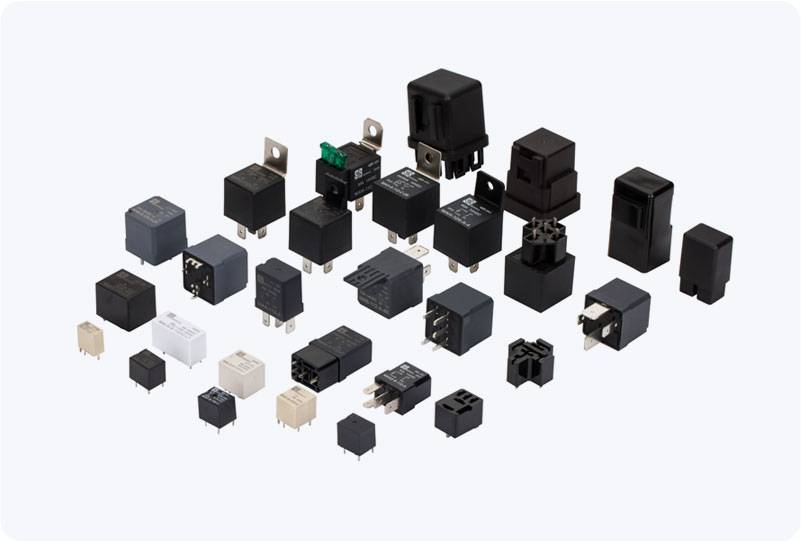Solid State Relays (SSRs) are electronic switching devices that have transformed the way automation and control systems operate. Unlike traditional electromechanical relays, SSRs utilize semiconductor technology to perform their switching functions, offering numerous advantages over their mechanical counterparts. This article delves into the definition, functioning, benefits, drawbacks, and applications of Solid State Relays, shedding light on why they are often considered the future of switching technology.

What is a Solid State Relay? A Solid State Relay is a device that allows the control of a high-power circuit using a low-power signal without any moving parts. The fundamental principle behind SSRs is the ability to control the flow of electricity through semiconductor devices such as transistors, diodes, and thyristors. The absence of mechanical components means that SSRs can switch on and off much faster than traditional relays, which rely on physical movement to open or close circuits. How Does a Solid State Relay Work? SSRs operate using an input signal that activates a semiconductor switching device. When an appropriate input signal is received, typically from a microcontroller or other control circuit, the SSR allows current to flow through its output circuit. This process often involves an opto-isolator that provides electrical isolation between the input and output, ensuring that any voltage spikes or surges from the controlled load do not affect the control signal.